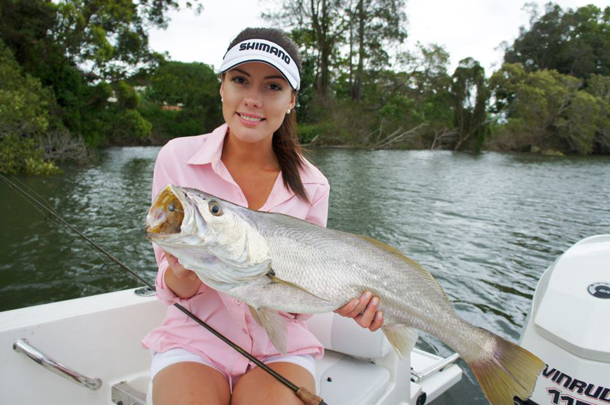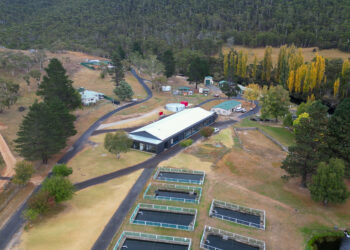THE big story here on fishingworld.com.au in recent weeks has been the controversial proposal involving the continuation of commercial netting targeting juvenile mulloway, aka jewfish. Not surprisingly, this issue has got rec fishos hopping mad, as evidenced by the number of readers who voted against the proposal on last week’s online poll.
This issue also revealed that pro-fishing interests have been attempting to upload propagandist comments onto the Fisho site by claiming that the practice of catch & release results in big numbers of jewie deaths and that rec anglers are the main “problem” with declining mulloway stocks.
After discussion during the week with independent fisheries scientist (and long-time Fisho writer) Dr Ben Diggles, it has been revealed that catch & release for jewies is pretty effective, which is a poke in the eye to agitators like “Consumer Joe” – whoever you are …
According to Diggles, the latest scientific data suggests that mulloway are “growth overfished” in NSW, meaning they’re under extreme fishing pressure. He also points out that the proposal to allow continued heavy fishing of immature 45cm fish is a good way to see the fishery collapse.
“Female mulloway appear to first mature at around 70cm long and 3-4 years of age, with 100 per cent mature by around 80cm (5 years old), however, in contrast males mature earlier (2-3 years old) and at a smaller size (50-55 cm, 100 per cent mature at 63 cm and 4 years old),” says Diggles.
He told Fisho that aquaculture experience has shown mulloway have “unusual foraging and spawning characteristics”. He indicates that it is also unknown whether small just matured fish actually contribute much to recruitment, compared to larger fish.
Diggles said a 70cm minimum size for jewies may not provide enough protection from intense fishing pressure and prevent further stock declines.
“A 75cm minimum up here in QLD has been great for them, and anglers are seeing more mulloway in the 70 + cm size range, and many 70+ cm mulloway are being released, which cannot hurt the fishery at all in the long run.”
In contrast, Diggles points out that estuary trawling for prawns has been identified as a major source of mortality for juvenile mulloway unless square mesh and bycatch reduction devices are used to allow the juvenile fish to escape. The Hawkesbury and Clarence rivers are both heavily worked by estuary prawn trawl boats.
Diggles also refutes claims being spouted about by some elements of the commercial fishing industry that catch & release does not work for jewfish. He told Fisho that survival rates of fish caught by anglers are “quite high (around 80 per cent on bait, or even more if lures are used), especially if best practice methods of hooking and handling are used”.
Pointing to where he believes fishery management in Australia can improve, Diggles cites an American example: “In the USA, fishery managers eventually bit the bullet and raised minimum sizes to biologically relevant lengths for most important fish species that were under heavy harvest pressure, including sciaenids such as red drum (which are very similar to our mulloway). In some cases, maximum sizes were also instigated, This means that larger spawning sized fish such as ‘bull’ red drum were protected once they exceed the slot limit.
“Fisheries managers in Australia could certainly learn something from studying how some US states manage their sciaenids,” Diggles concluded.
Fisho is currently sourcing a detailed scientifically based article from NSW Fisheries stating all the known facts about mulloway breeding. We’ll publish it as soon as it comes to hand. Stay tuned.

















